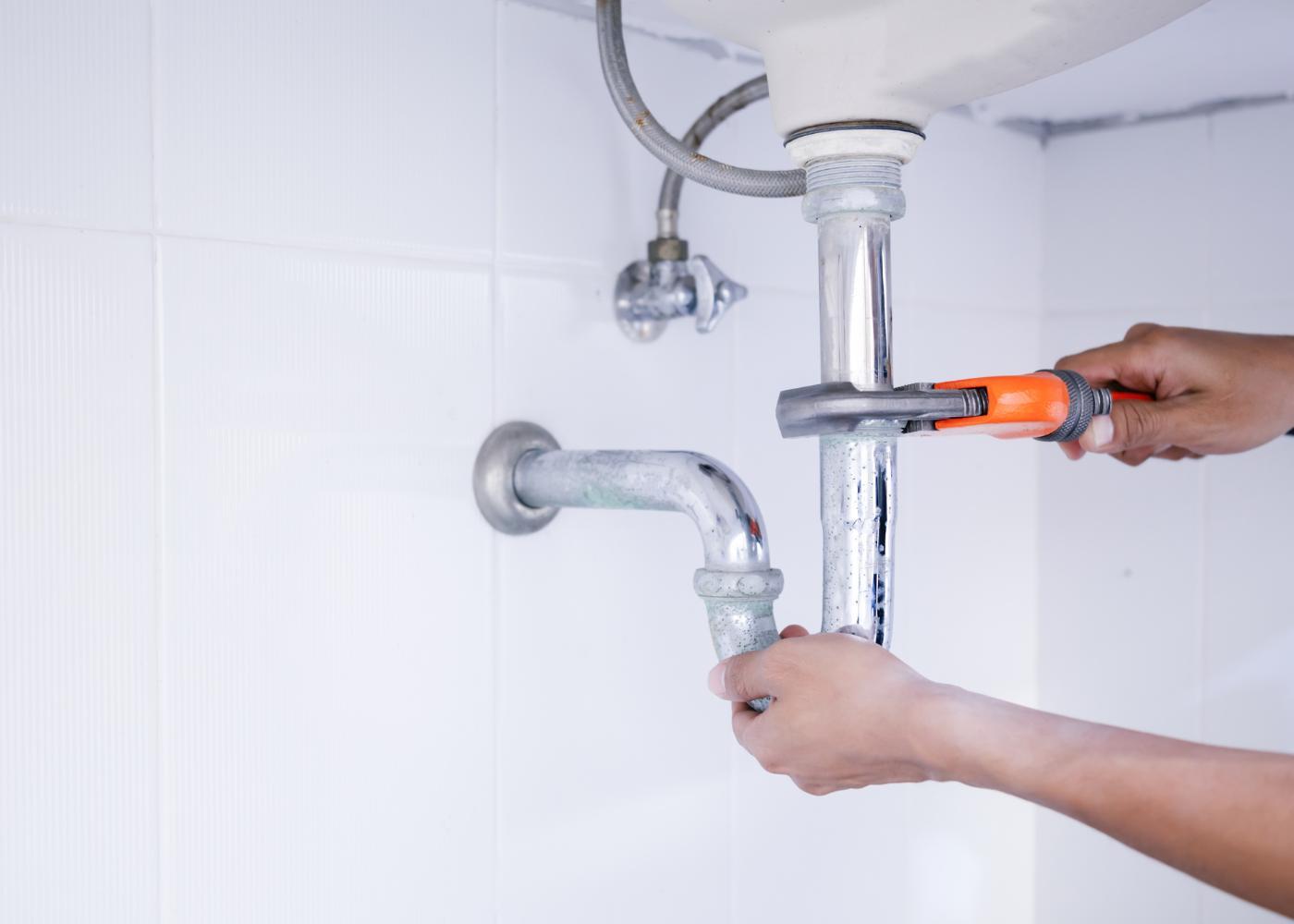Roofing work is inherently dangerous, with workers facing risks such as falls, electrical hazards, and extreme weather conditions. As responsible employers and contractors, it’s crucial to prioritize the safety and well-being of roof workers. In this guide, we’ll cover six crucial safety steps for Roof Maintenance Specialists in Lancaster to shield their workers. Safety is a priority, complying with rules and promoting a caring environment boosts productivity and morale. Employers show dedication to safety by implementing these measures for their roof workers’ well-being.
1. Provide Proper Training and Education
Proper training is the foundation of a safe roofing work environment.
Before starting work on roofs, all workers must undergo thorough training covering safety protocols, equipment use, and emergency procedures. Topics include fall protection, ladder safety, electrical hazards, and proper tool handling. Continuous education and refresher courses are crucial for staying updated on safety standards. Comprehensive training empowers workers to spot and address hazards, promoting a safer work environment.
2. Use Personal Protective Equipment (PPE)
Personal protective equipment (PPE) is essential for protecting roof workers from injury and hazards. Provide workers with the necessary PPE, including hard hats, safety glasses, gloves, high-visibility clothing, and non-slip footwear. Additionally, ensure that workers have access to fall protection equipment such as harnesses, lanyards, and anchor points when working at heights. Regularly inspect and maintain PPE to ensure it remains in good condition and provides adequate protection. By prioritizing the use of PPE, employers demonstrate their commitment to worker safety and reduce the risk of injuries on roofing sites.
3. Implement Fall Protection Measures
Falls are one of the leading causes of injuries and fatalities in the roofing industry. To prevent falls and protect workers working at heights, implement robust fall protection measures. This includes installing guardrails, safety nets, and perimeter fencing around the roof’s edges. Additionally, use personal fall arrest systems (PFAS) such as harnesses and lanyards, along with anchor points, to secure workers to the roof structure. Conduct regular inspections of fall protection equipment and ensure that workers are trained in its proper use. By prioritizing fall protection measures, employers create a safer work environment and reduce the risk of serious injuries or fatalities from falls.
4. Prioritize Weather Awareness and Preparedness
Weather conditions can change rapidly and pose significant risks to roof workers. Stay informed about weather forecasts and monitor conditions closely when scheduling roofing work. Avoid working on roofs during adverse weather conditions such as high winds, heavy rain, or lightning storms. Provide workers with shelter and ensure they have access to emergency communication devices in case of severe weather events. Develop and communicate clear protocols for suspending work and evacuating roofs during inclement weather. By prioritizing weather awareness and preparedness, employers protect their workers from weather-related hazards and ensure their safety on roofing sites.
5. Practice Electrical Safety
Electrical hazards are common on roofing sites, especially when working near power lines or electrical equipment. Take steps to mitigate these risks by identifying and isolating electrical sources before work begins. Ensure that workers are trained to recognize electrical hazards and know how to safely work around them. Use non-conductive tools and equipment when working near electrical installations, and maintain a safe distance from power lines to prevent electrocution. Conduct regular inspections of electrical systems and equipment to identify and address potential hazards. By practicing electrical safety protocols, employers reduce the risk of electrical accidents and protect their workers from serious injuries or fatalities.
6. Encourage Open Communication and Reporting
Encourage a culture of safety where workers feel empowered to speak up about safety concerns and report hazards promptly, including our dedicated team of Roof Maintenance Specialists in Lancaster. Provide multiple channels for workers to communicate safety issues, such as regular safety meetings, anonymous reporting systems, and direct communication with supervisors. Take all reports seriously and investigate them promptly to address any underlying safety issues. Recognize and reward workers who demonstrate a commitment to safety and encourage their peers to prioritize safety in all aspects of their work. By fostering open communication and reporting, employers create a supportive environment where workers feel valued and empowered to contribute to a safer workplace.
Conclusion
Implementing adequate safety measures is critical for preserving roof workers’ well-being and reducing accidents and injuries on roofing job sites. Lancaster Roof Maintenance Specialists can create a safe and productive work environment for their teams by providing proper training, outfitting workers with the necessary PPE, implementing fall protection measures, prioritizing weather awareness, practicing electrical safety, and encouraging open communication. Remember, investing in safety is not just a legal and ethical requirement, but also a good financial choice that may save lives, lower liabilities, and improve your roofing company’s image.






